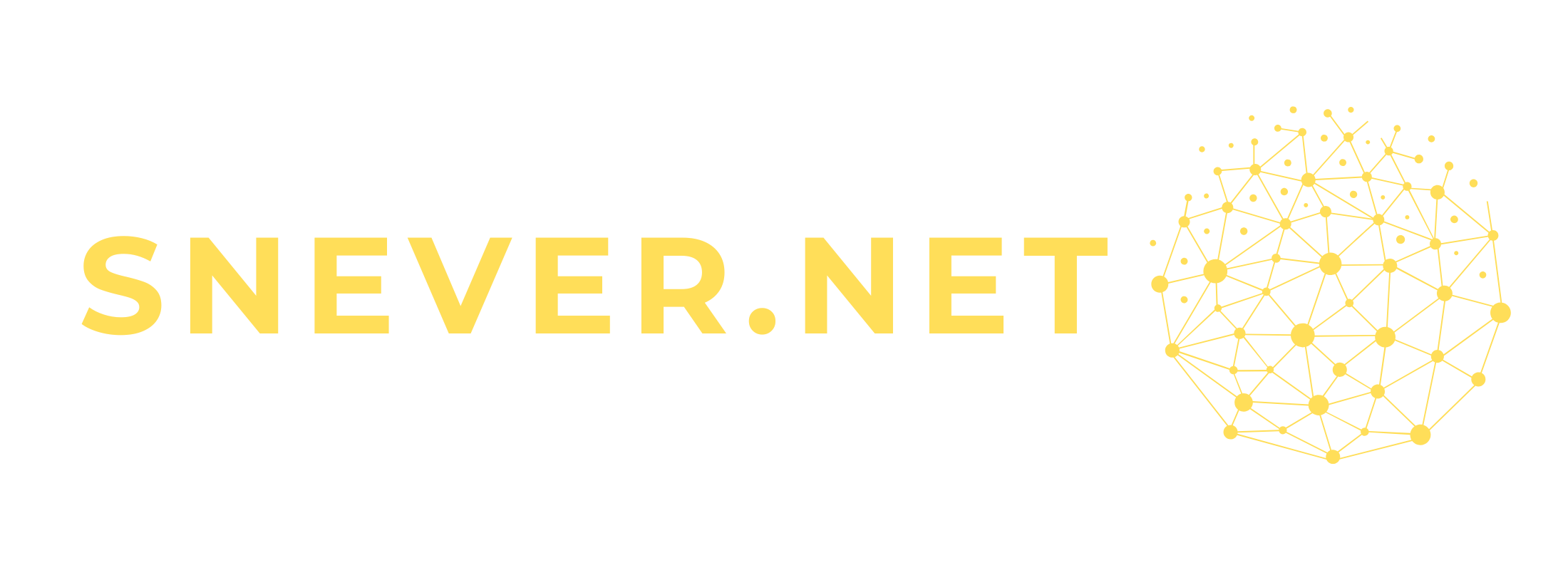The Impact of Digital Piracy: How It Affects Content Creators and Consumers
The Effects of Digital Piracy: How It Impacts Content Producers & Users Digital piracy is the illegal duplication and dissemination of copyrighted digital content, such as software, literature, music, and films. The ease of sharing and copying digital files since the internet’s inception has resulted in a sharp rise in piracy rates. This phenomenon has changed the way people consume content and brought up important issues regarding ethical consumption, economic sustainability, and intellectual property rights. The problem of striking a balance between content access and creator rights has grown more difficult as digital platforms proliferate. Streaming services, social media, and peer-to-peer file-sharing networks have all made it easier for pirated content to proliferate.
While some contend that piracy democratizes access to culture and information, others argue that it threatens the creative industries’ ability to make a living. Digital piracy is a complex topic with legal, economic, and ethical aspects that impact both consumers & creators. Navigating the modern digital landscape requires an understanding of these implications. The loss of possible earnings. Content creators lose out on potential income that could have been used to support their work when people access pirated content rather than buying it legally. One Institute for Policy Innovation study, for example, calculated that the United States loses money due to music piracy alone.
The entire industry, including distribution networks, production firms, and record labels, is impacted by this loss in addition to individual artists. The devaluation of artistic creation. Also, a devaluation of creative work may result from the prevalence of piracy.
Customers may be less inclined to pay for authentic goods when they can readily obtain content for free through illicit channels. This change in customer behavior has the potential to inhibit innovation and deter fresh talent from joining the market. The Effect on Self-employed Artists. Independent filmmakers, for instance, frequently depend on box office receipts and streaming income to finance upcoming projects; nevertheless, pervasive piracy can endanger their financial security and restrict their capacity to create original material. Digital piracy poses serious ethical concerns regarding consumers’ obligations with regard to intellectual property rights. Many pirates may not fully comprehend the consequences of their actions, or they may justify their behavior by saying that “everyone does it.”.

This way of thinking, however, ignores the fact that artists devote a significant amount of time, energy, & money to creating. Consumers may unintentionally support a culture that diminishes creativity and jeopardizes the livelihoods of artists by consuming pirated content. Many jurisdictions consider digital piracy to be a legal violation of copyright laws. By giving authors exclusive control over their creations for a predetermined amount of time, copyright laws aim to safeguard their rights. Piracy can have negative legal repercussions for consumers, such as fines or, in extreme situations, criminal charges.
Also, consumers might be subject to more scrutiny and possible consequences for their online activity as governments and organizations step up their efforts to combat piracy through legislation and enforcement. In the world of digital piracy, technology has two functions: it can be used to support piracy as well as to counter it. On the one hand, people can now more easily obtain pirated content anonymously thanks to developments in file-sharing and encryption techniques. The proliferation of peer-to-peer networks and torrent websites has made it possible for users to share big files without facing many obstacles. The pervasiveness of digital piracy has been facilitated by this accessibility.
In contrast, technological advancements also present creative ways to stop piracy. Many content providers use Digital Rights Management (DRM explanation here; https://www.fortinet.com/resources/cyberglossary/digital-rights-management-drm) systems to prevent unauthorized copying & distribution, thereby safeguarding their intellectual property. Blockchain technology is also being used more & more by businesses to develop transparent systems for monitoring ownership and usage rights and to protect hem from digital theft, content theft and even intellectual property theft. Platforms like Audius, for instance, use blockchain technology to guarantee that musicians are fairly compensated for their labor while still giving listeners legal access to music. These developments in technology show initiative in tackling the problems caused by online piracy. In addition to causing immediate financial losses, due to torrenting for example, digital piracy can also hinder innovation in the creative industries like file sharing, https://en.wikipedia.org/wiki/File_sharing.
Creators may be less willing to invest in experimental projects or take chances on novel ideas when they are unable to obtain fair compensation for their labor because of widespread piracy. This reluctance may result in a homogenization of content, with originality & diversity being sacrificed for safe bets that control the market. For example, rather than making investments in original stories or up-and-coming filmmakers, movie studios may choose to make franchise films or sequels that are sure to be box office hits. The cultural diversity that diverse storytelling contributes to society is also diminished by this trend, which also restricts consumer choice.
Consequently, digital piracy’s long-term consequences may impede the development of creative industries and limit chances for innovation. Customer perceptions of digital piracy are nuanced and frequently conflicting. Despite the ethical ramifications of accessing pirated content, many people may nevertheless do so out of a sense of convenience or financial savings. A sizable portion of respondents to a survey by the International Federation of the Phonographic Industry (IFPI) said that in order to discourage piracy, streaming services ought to provide more reasonably priced options. This shows that both market dynamics & ethical considerations have an impact on consumer behavior. Also, compared to older demographics, younger generations who grew up in a digital world might view ownership & access differently.
Because streaming services have normalized the idea of accessing content without direct ownership, many young consumers now consider piracy to be less serious than it once was. This generational gap emphasizes the importance of supporting creators through legal means and the necessity of continual education regarding intellectual property rights. Both industry stakeholders and consumers can use a variety of tactics to lessen the effects of digital piracy and assist content creators. In order to serve a variety of audiences and guarantee just compensation for their labor, content producers can implement flexible pricing structures. While earning money for creators, subscription-based services or tiered pricing can give customers inexpensive access.
It’s also crucial to promote a culture that values intellectual property. Campaigns to educate consumers about the value of assisting creators can influence their perceptions of piracy. Partnerships between academic institutions and industry participants can advance knowledge of copyright regulations and responsible consumption.
In terms of technology, it is imperative to keep funding anti-piracy initiatives. Innovative approaches that strike a balance between user experience and security against unauthorized distribution, like watermarking or sophisticated DRM systems, should be investigated by businesses. Stakeholders can address the issues caused by digital piracy and foster an atmosphere that encourages creativity by putting these tactics into practice jointly. In conclusion, both consumers and content producers face serious difficulties as a result of digital piracy. Fostering a sustainable creative ecosystem that is advantageous to all stakeholders requires an understanding of its technological solutions, ethical ramifications, and economic impact.



